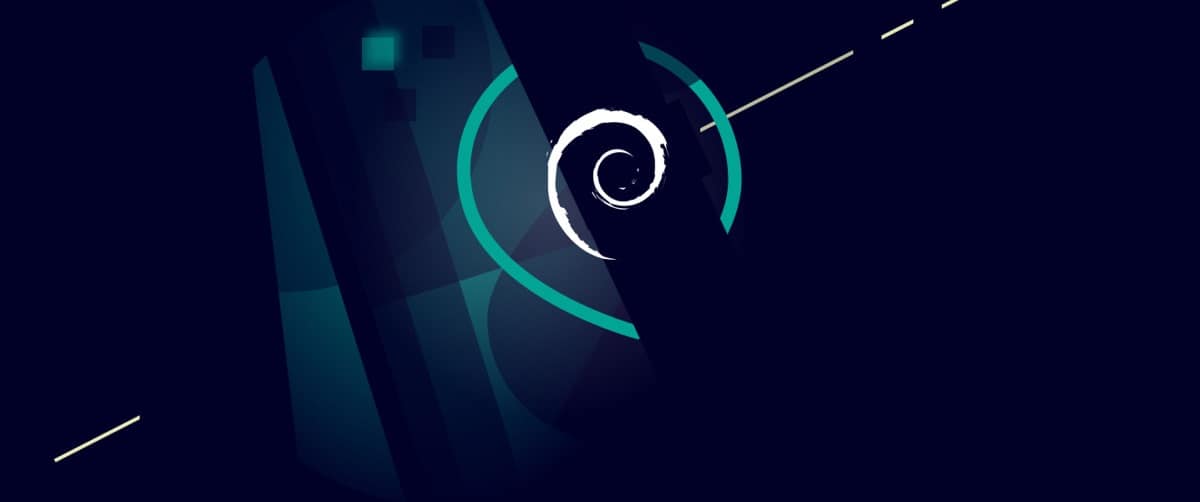
After two years of development, it was unveiled a few days ago the release of the new version of Debian 11.0 Bullseye, version that comes with a host of major changes and that also has 59551 binary packages in the repository (42821 source packages), which is approximately 1848 more than what was offered in Debian 10.
Compared to Debian 10, 11294 new binaries were added, 9519 (16%) obsolete or abandoned packages were removed, 42821 updated packages (72%). The total size of all the fonts offered in the distribution is 1.152.960.944 lines of code. 6208 developers participated in launch preparation.
Debian 11 Main New Features
In this new version that is presented, we can find that the kernel of Linux 5.10along with desktop environments GNOME 3.38, KDE Plasma 5.20, LXDE 11, LXQt 0.16, MATE 1.24, Xfce 4.16 and the development tools GCC 10.2, LLVM / Clang 11.0.1, OpenJDK 11, Perl 5.32, PHP 7.4, Python 3.9.1, Rust 1.48, Glibc 2.31.
On the part of the applications that are offered in Debian 11, we can find Libre Office 7.0, Calligra 3.2, GIMP 2.10.22, Inkscape 1.0.2, Vim 8.2, Apache httpd 2.4.48, BIND 9.16, Dovecot 2.3.13, Exim 4.94, Postfix 3.5, MariaDB 10.5, nginx 1.18, PostgreSQL 13, Samba 4.13, OpenSSH 8.4.
The graphical installer provides a build with libinput instead of evdev driver, which improves touchpad support, plus underscore is allowed in username specified during installation for the first account and installation of packages was provided to support systems virtualization, if the launch is detected in the environments under your control. The new Homeworld theme is used.
The installer offers the ability to install the GNOME Flashback desktop, which continues with the development of the classic GNOME panel code, the Metacity window manager, and applets previously available as part of the GNOME 3 alternate mode.
Regarding the improvements that are presented in Debian 11, we can find that UPS and SANE provide the ability to print and scan without first installing drivers on printers and scanners connected to the system through the USB port. Driverless mode supports IPP Everywhere protocol printers and scanners: eSCL and WSD protocols (sane-escl and sane-airscan backends are used).
A new "open" command has been added to open a file in the default program for the specified file type. By default, the command is associated with the xdg-open utility, but it can also be attached to the run-mailcap handler, which takes into account the bindings of the update alternatives subsystem when it starts.
Systemd uses a single, unified cgroup hierarchy (cgroup v2) by default. The key difference between cgroups v2 and v1 is the use of a common hierarchy of cgroups for all types of resources, rather than separate hierarchies for CPU resource allocation, memory throttling, and I / O.
Also, the kernel has a new driver for exFAT filesystem enabled by default, which no longer requires the installation of the exfat-fuse package. The package also includes the exfatprogs package with a new set of utilities for creating and verifying exFAT FS (the old exfat-utils set also remains available for installation, but its use is not recommended).
Of the other changes that stand out:
- The default password hashing algorithm is yescrypt instead of SHA-512.
- Added the ability to use tools to manage Podman's sandbox containers, including as a transparent replacement for Docker.
- Includes Panfrost and Lima drivers, which provide support for Mali GPUs used in ARM architecture based motherboards.
- The intel-media-va-driver is used to use the hardware video decoding acceleration tools provided by Intel GPUs based on the Broadwell microarchitecture and newer.
- Grub2 adds support for the SBAT (UEFI Secure Boot Advanced Targeting) mechanism, which resolves issues with certificate revocation for UEFI Secure Boot.
- The win32-loader application, which allows you to install Debian from Windows without creating a separate installation media, adds support for UEFI and Secure Boot.
- A graphical installer is used for the ARM64 architecture.
- Xfce single CD imaging discontinued and 2 & 3 DVD ISO imaging discontinued for amd64 / i386 systems.
Si you want to know more about it, you can check the details In the following link.
Download and Get Debian 11
For those who are interested in being able to try this new version of Debian 11, they should know that it is available for nine of the architectures with official support and the available installation images (with GNOME, KDE, LXDE, Xfce, Cinnamon and MATE) can be download in HTTP, jigdo or BitTorrent.
This you can do from the following link.
Updates for Debian 11 will be released for 5 years.